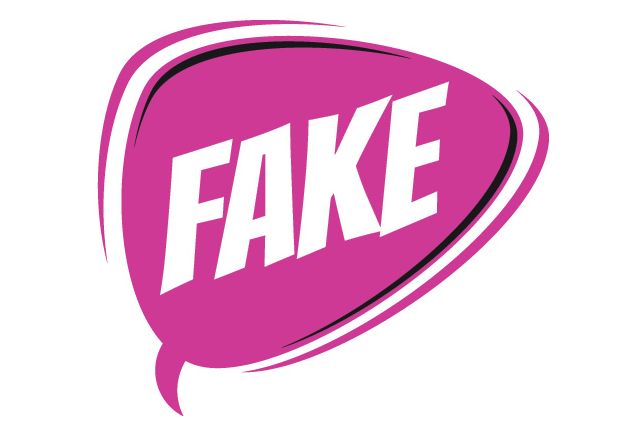
Don’t Fake It Until You Make It
Know your business—inside and out.
By Chris Lewis
Entrepreneurs should consider conducting interviews with prospective customers to survey
their needs and determine how existing products on the market are—or aren’t—addressing those needs. Armed with that knowledge, entrepreneurs have a much better chance of turning their business visions into real opportunities.
In addition to determining their prospects’ needs and, in turn, the demand and monetary value of a potential product or service offering, entrepreneurs need to recognize other critical aspects of the customer relationship: how to acquire customers, retain them, and increase sales revenues on an annual basis.
“Entrepreneurs [need] to have full confidence in their [own] abilities and to be self-aware, as well as [having] looked at their businesses from all angles, thereby showing their risk management skill sets,” says Tony Willis, director, New Economy Division, Lansing Economic Area Partnership.
Those starting a business not only need to analyze what their competitors have already created but also the processes they followed to bring a product to market. They should study the “ins and outs” of their own products or services, making any necessary adjustments to account for impending risks that they noticed based on competitors’ past results.
“By having this type of information mastered and insightfully investigated, entrepreneurs can ensure considerable confidence in their abilities to deliver long-term profits,” Willis says.
Write it off
How much does it really cost to make that $2 pen?
Some may think that to create a pen you would (1) buy the metal section and cap; (2) buy the barrel; and (3) buy the ink, and…ta-da!… you’ve created a $2 pen. In reality, when it comes to manufacturing, you have to think through details that include inventory, shipping costs, lead times, and more.
When you do the math, you have already invested $2,410 to make 500 pens, in 6 weeks, with 2,000 extra barrels and 500 extra metal sections and caps.
The takeaway, whether creating a pen or any product? On Day One, you need more than $2 to make a $2 pen. But it isn’t just about thinking through the cost of each pen. It also is about lead times, managing parts or ingredient quantities, and total investment.

BARREL: 2,500 @ .50 cents each + shipping of $250 = $1500 – LEAD TIME: 6 weeks
INK CARTRIDGE: 500 @ $1.25 each + shipping of $10 = $635 – LEAD TIME: 1 week
METAL SECTION AND CAP: 1,000 @ .25 cents each + shipping of $25 = $275 – LEAD TIME: 4 weeks








